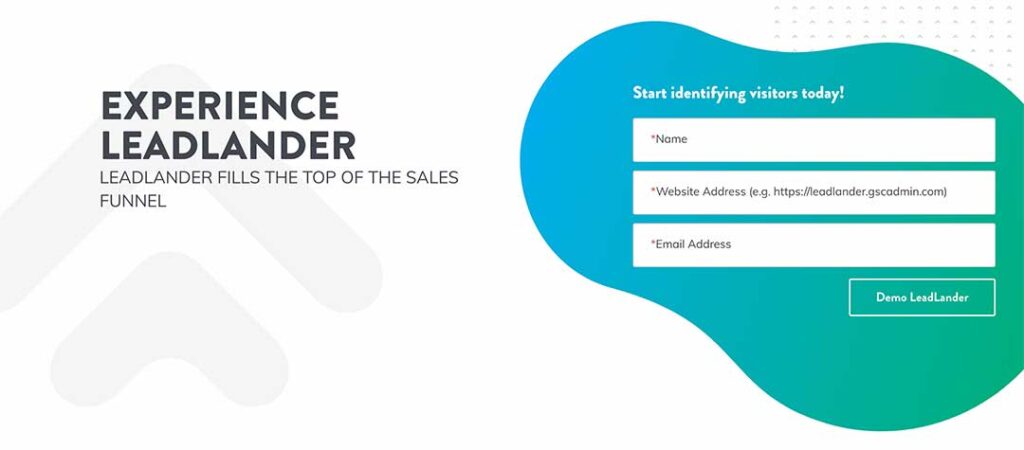The quality of the experience you give customers has a huge impact on your bottom line. 73% of customers say that customer experience drives their buying decision – and 86% say that they would pay more to get a better customer experience.
But if you want to use customer experience to drive better outcomes for your company, the first thing you need to do is track it.
There are several ways to do this, but evaluating your NPS score is one of the most effective. We put together this article to tell you more about NPS scores, how to improve yours, and what a good one looks like.
Let’s get into it.
Understanding NPS scores and why they’re used
NPS is an acronym that stands for Net Promoter Score. It’s a simple measurement that evaluates how practical a customer experience is.
NPS scores are based on a single question – “How likely are you to recommend [Company X] to a friend or colleague?”
Respondents answer that question on a scale from 1 (extremely unlikely) to 10 (very likely). Those scores are then pooled together to calculate your NPS rating.
Companies use this metric because it’s a straightforward, clean way to capture some critical data. You don’t have to design complex surveys to figure out whether people enjoy the customer experience you’re providing.
Instead, you can ask this simple question to get an excellent baseline of where you’re at. Then you can use that data to either make changes in your organization to improve your bottom line or focus more on what you do well.
The formula for calculating your NPS score
Calculating your NPS score is a simple process.
First, you need to ask your customers how likely they will recommend you to a friend or colleague.
Then, calculate the overall percentage of customers who belong to each of the following score bands:
- 9 – 10 (these are promoters)
- 7-8 (these are passives)
- 0 – 6 (these are detractors)
Then you use this formula to determine your score:
Promoter % – Detractor %.
The scores you get can range from -100 to 100. So if you had 80% promoters and 20% detractors, your score would be 60. Or, if you had 80% detractors and 20% promoters, you would get a -60%.

What’s a good NPS score?
The company that made NPS scores, Bain & Company, suggested the following framework for evaluating your NPS score:
- Anything above 0 is good
- Scores above 20 are favorable
- Scores above 50 are excellent
- Scores above 80 are world-class
So if you have a positive NPS score, chances are you’re doing alright with customer experience. If you have a negative NPS score, it’s likely time for your business to make some changes about customer experience. We’ll cover some tactics for that in the next section.
What to do if your NPS score needs improvement
Don’t worry if your NPS rating isn’t exactly where you want it. There are several things you can do to improve it. Here are some ideas:
Make NPS a priority at your company
If you want your team to care about improving the company’s NPS rating, they have to know both what it is and why it’s valuable. That’s something that will need to come from leadership. Improving a metric like this can be as simple as regularly discussing with your team.
Look for opportunities to become more customer-centric
There are many things you can do to deliver a better customer experience. If you’re unhappy with your NPS score, identify and address your pain points.
Maybe you’ve noticed your customers have to wait a long time to get answers to simple questions. You could fix that problem by creating an FAQ section on your website or by adding a live chatbot.
Work on improving your customer support offerings
Your support offerings may be the single biggest factor in determining how customers rate the experience you provide them. That’s because it’s your one significant opportunity to help customers positively solve a problem.
There are multiple ways to improve your customer support offerings, but here are some ideas to get you started:
- Add more contact channels, such as social media and chatbots
- Make customer support staff available for extended hours
- Spend more time training support staff on how to deliver optimal experiences
- Reward customer service representatives for a job well done
Gather more information from your customers
If you’re unsure what you’re doing wrong when it comes to customer experience, then it may be time to simply ask. You can even do this on the NPS survey you’re using.
The standard NPS survey has only one question, but you could add a follow-up and ask your customers to tell you ‘why’ or ‘why not.’
This could give you all the information you need to identify your biggest strengths and most important opportunities for improvement.
Segment your audience to pick up on trends
It’s possible that some parts of your customer base are extremely happy with the experience you provide and others find it lacking. That’s why it could be smart to split your customers into segments to pick up on group-specific trends.
For example, people who order from a sales representative over the phone may be extremely happy with the ordering process. But those who place their orders online might find the process frustrating. So you’d turn your focus to your website’s ordering experience – not your ordering experience overall. Having this understanding would help you organize your resources to be most effective.
Focus on making better products and services
It’s also possible that customers aren’t enjoying the experience they get from your company simply because your products and services aren’t as good as they could be.
Maybe you sell software that’s buggy. Or perhaps it’s never been tested by potential customers. Whatever you sell, if your product or service is the best in class, customers will be much likelier to recommend to others. Getting clear customer feedback on product and product experience is a great place to start.
Is it a big deal if my NPS score isn’t great?
Maybe you’re unfamiliar with NPS scores, and you’re wondering how much these really matter to the success of your company. The answer is quite a bit:
- Businesses that focus on improving customer experience see an 80% increase in revenue
- 49% of customers have made an impulse purchase after having a positive experience with a brand
- 87% of business leaders say that customer experience is a must for their organizations
- 89% of consumers have moved to a competitor after having a poor customer experience with a company
Statistics like these confirm how important it is to consistently deliver a positive experience to your customers. And the NPS metric is one of the easiest ways to track how you’re performing in this vital area.
So the bottom line is that, yes, it is a big deal if your NPS score is subpar.

LeadLander makes it easier to improve your NPS score
Is your NPS score not as good as it could be? Accessing high-quality data can help you determine your biggest and most cost-effective opportunities to improve it. And LeadLander gives you access to a wealth of information from your online customers.
You can use the data from our website visitor tracking software to gain significant insight into where you can improve your customer experience outcomes.
Take the first step towards earning a good NPS score by signing up for a risk-free 14-day trial of LeadLander today.

Related Reading


